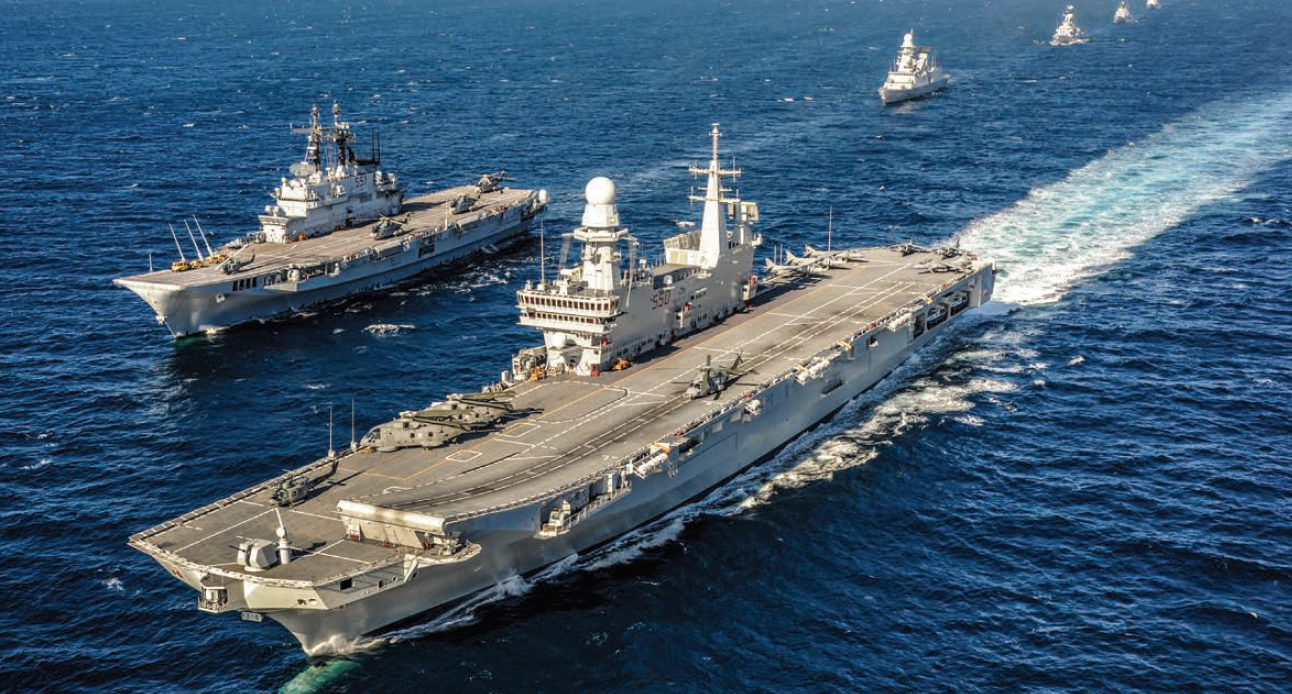One of the strangest trends of recent times is how Germany has become the accepted benchmark for a certain type of British political commentator, against which the UK is to be measured and found wanting. The conceit has even been spun into a book recently, whose title, Why the Germans Do it Better: Notes from a Grown-Up Country, sums up this particular genre perfectly. Why can’t we be a “normal” country, goes the argument; why can’t we be “grown-up” like our Teutonic cousins? It’s a strange argument at the best of times (what is a normal country?), but when applied to defence, as in this tweet by Aaron Bastani, it really becomes absurd.
Obviously Germany, when it comes to defence, is a profoundly abnormal country by European standards: even leaving aside the penetration of its special forces units by extreme-Right activists wishing to overthrow liberal democracy (which would no doubt alarm the Germany fanboys were it to be replicated by the SAS, and rightly so), its inability to maintain functioning armed forces makes the country an outlier in Europe, rather than an exemplar of “normality.” Perhaps British commentators could learn something from directing their gaze south of the Alps to Italy, which is, I would suggest, a more useful comparison for us to engage with.
Already the sixth-largest naval power in the world, Italy has engaged in a dramatic programme of naval modernisation in recent years, which has not quite received the attention it deserves. Despite the dramatic and frequent changes of government for which Italy is famous, the defence spending necessary for such an undertaking has not been a matter of political dispute, instead achieving cross-party support.
This good recent interview with Italy’s deputy Chief of Naval Staff, Vice Admiral Aurelio de Carolis, gives a sense of the pace of shipbuilding since the 2014 Naval Law spurring the defence upgrades, noting that: “After building 10 FREMM-class frigates — the same type acquired by the United States — as well as designing new 4,500-ton multi-mission ships, a 33,000-ton landing helicopter dock and new logistics vessels, a risk-reduction study is due to start on two 10,000-ton destroyers dubbed DDX,” with the two new destroyers planned to enter service in 2028.
The submarine fleet, too, is being upgraded, with Italy set to be the first country to deploy submarines featuring advanced lithium-ion batteries, enhancing their stealth and underwater range.
The speed at which Italy’s defence industry, particularly the state shipbuilding firm Fincantieri, is turning around the upgraded fleet is impressive, and it’s fair to suggest that the MoD, with a less than stellar track record in this regard, could learn something from their Italian counterparts. It is also focussing on amphibious operations in the increasingly unstable Mediterranean region, ensuring it can deploy sizeable ground forces by sea.
It’s a genuinely impressive programme, but when we consider the expeditionary capacity of France, our closest military peer in Europe, or Poland’s lavishly-funded defence modernisation scheme, it becomes clear that taking defence seriously is the European mainstream, and not some lamentable British quirk, as our strangely parochial commentators would have it. There may be many valuable lessons we can learn from Germany, but defence spending is not one of them: in this case, maybe Italians do it better.











Join the discussion
Join like minded readers that support our journalism by becoming a paid subscriber
To join the discussion in the comments, become a paid subscriber.
Join like minded readers that support our journalism, read unlimited articles and enjoy other subscriber-only benefits.
Subscribe